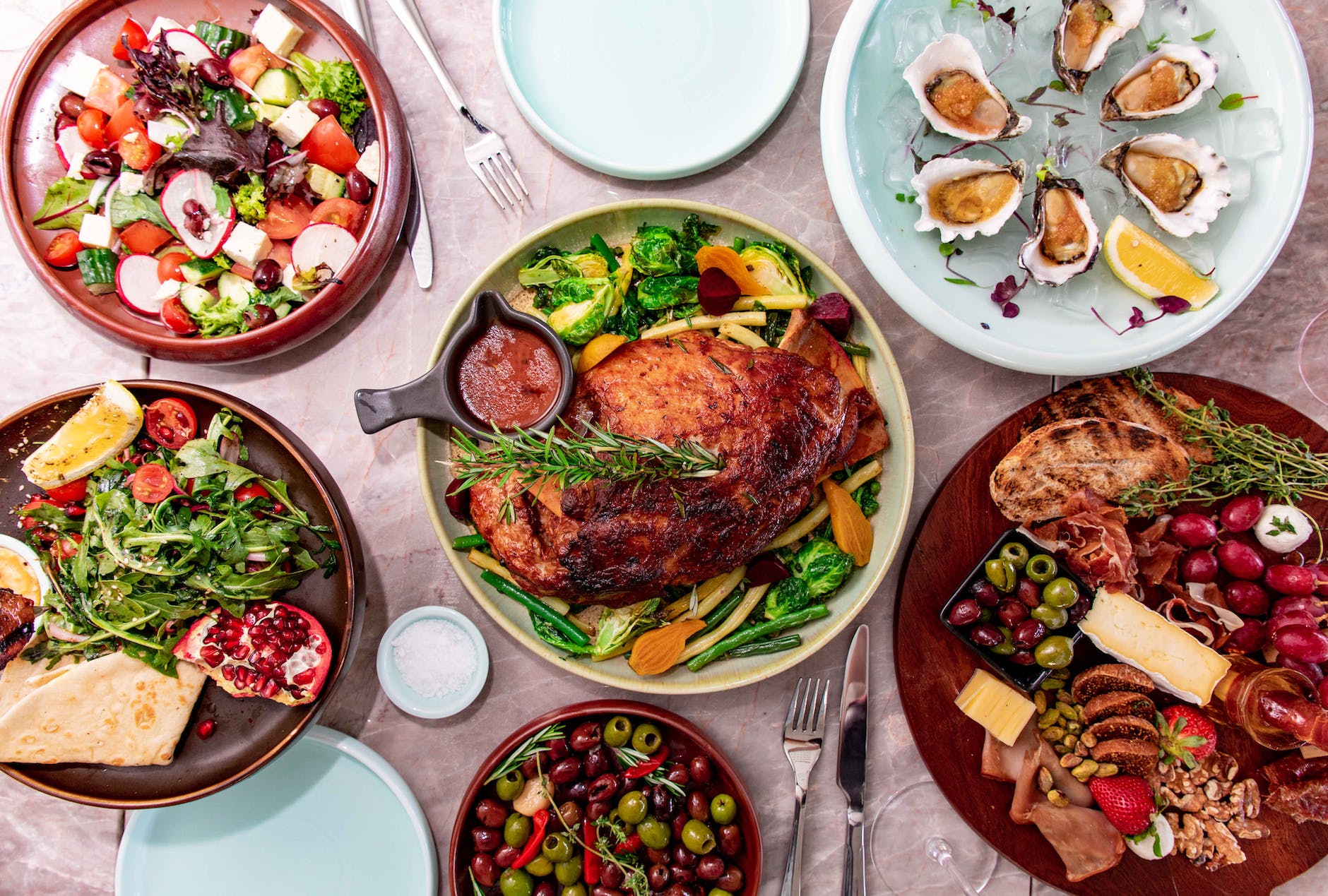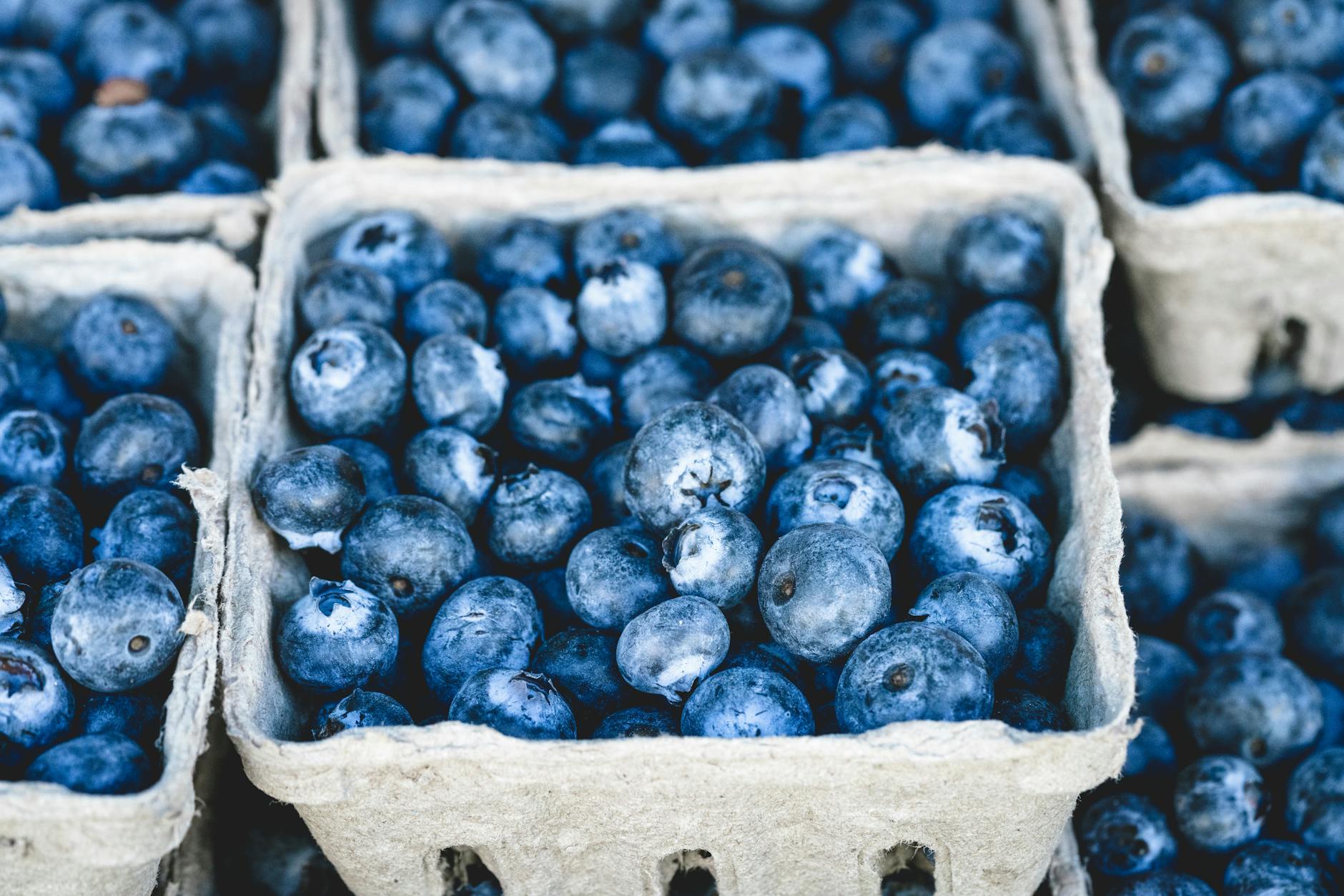Cannabis edibles, also known as cannabis-infused foods, are gaining in popularity due to their discreet nature, long-lasting effects, and varied forms. However, cooking with cannabis can be a bizarre world full of unfamiliar words and lengthy processes for newcomers. This article aims to guide you through the basics of making your own edibles, approximating their potency, and consuming them responsibly.
Before getting into home brewing, it’s important to understand the concept of cannabis dosing. The strength of cannabis-infused foods depends on the amount of THC (the psychoactive compound in marijuana) in the recipe. Adequate potency calculation is crucial to ensure that the edibles won’t have overwhelming effects. Too little, and the edibles won’t produce the desired effect; too much, and the resultant high can be overwhelming.
One key ingredient often used in most cannabis-infused recipes is cannabutter. To make homemade cannabutter, you’ll need an amount of cannabis appropriate to the desired potency (typically a gram of cannabis per stick of butter is a good start) and patience to allow for slow and low cooking. Leafly has a detailed guide on making cannabutter at home. Once the butter is ready, the possibilities are endless. You can use it in any recipe that calls for butter, transforming it into an edible treat.
In the next couple of paragraphs, we’ll cover two popular edible recipes: cannabis-infused brownies and gummy bears.
Let’s start with a classic brownie recipe. The process is basically the same as with standard brownies, but with a substitution of regular butter with cannabutter. Remember to stir the mixture thoroughly, so the cannabutter spreads evenly. You can check out an easy-to-follow recipe on Herb.
Next is cannabis-infused gummy bears. Making these at home requires a little more effort since it involves dealing with gelatin. But with this detailed and easy-to-follow guide, you will learn to make perfect bite-sized treats at home.
Now that we’ve covered the basics of making cannabis edibles and a few popular recipes, let’s discuss what to expect when consuming these products.
Primarily, consuming cannabis-infused foods comes with a delayed onset, typically between 30 minutes to 2 hours. This is because the THC must be processed by your digestive system before it enters your bloodstream, hence, a slower onset than smoking or vaping where the effects are almost immediate.
Moreover, the effects of cannabis edibles are often more potent and long-lasting. Understand that the high from edibles can last for six to eight hours, depending on the consumed dose and the individual’s tolerance level.
Dosage guidelines will depend on the individual’s experience and tolerance as well. A commonly recommended starting dose for beginners is 5-10mg of THC. It’s crucial to start small and go slow, giving the body ample time to react before consuming more.
Lastly, it’s important to practice responsible consumption. Since the effects of edibles don’t hit as quickly as smoking cannabis, there’s a risk of overconsumption. Wait for at least 24 hours before taking more if you think you didn’t consume enough the first time.
In conclusion, cannabis edibles can offer a discreet and potent alternative for those who want to enjoy the benefits of cannabis without smoking. With the right recipe, accurate potency calculation, familiarity with their delayed onset and long-lasting effects, and strict adherence to dosage guidelines, your venture into the world of cooking with cannabis will surely be a delightful one.
References: healthline, wikihow, medicalmarijuanainc.


